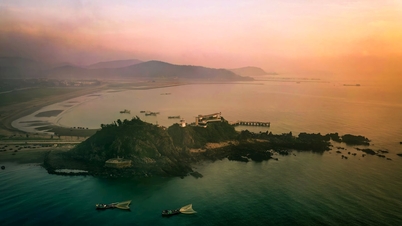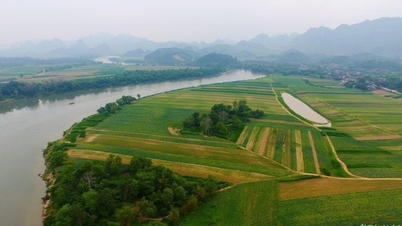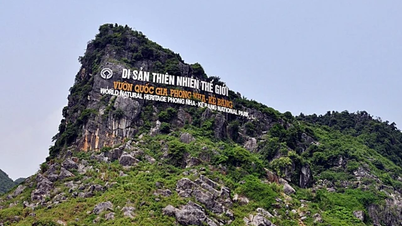Reuters reported on June 20 that a team of international scientists discovered that ice is melting faster and faster in the Hindu Kush Himalaya region (HKH, including the Himalayas and Hindu Kush), home to the two famous mountains Everest and K2.
According to an assessment by the International Centre for Integrated Mountain Development (ICIMOD), an intergovernmental scientific body based in Kathmandu (Nepal), specializing in research on the HKH region, in the 2010s, the amount of snow and ice accumulated in the Himalayas decreased at a rate 65% higher than the previous decade.
"We are losing ice cover. Much of it will be gone in the next 100 years," warns environmental scientist and leader of the research team, Philippus Wester.
The Hindu Kush Himalayas stretch 3,500 km and pass through several countries including Afghanistan, Bangladesh, Bhutan, China, India, Myanmar, Nepal and Pakistan.
According to research, with a temperature increase of 1.5 to 2 degrees Celsius compared to pre-industrial times, this region will lose 30-50% of its ice by 2100.
The extent of the melt, though, depends on location. If temperatures rise by 3°C—the level the world is likely to face if current climate policies continue—glaciers in the Eastern Himalayas, which include Nepal and Bhutan, will lose up to 75% of their ice. If temperatures rise by 4°C, that figure rises to 80%.
The report finds that water supplies for 12 rivers in the Himalayan region – including major rivers such as the Ganges, Indus, and Mekong – will peak by mid-century, affecting the lives of about 1.6 billion people.
“While people think that melting ice means we will have more water, this is just a sign that flooding will increase rather than a steady flow,” Mr Wester said, adding that after the peak, the water supply will gradually disappear.
Scientists have struggled to assess the extent to which climate change is affecting the Himalayas. Unlike the Alps in Europe and the Rocky Mountains in North America, the region lacks long-term records of field measurements showing whether glaciers are expanding or shrinking, according to Reuters .
Minh Hoa (reported by Thanh Nien, Online Knowledge)
Source






![[Photo] Binh Trieu 1 Bridge has been completed, raised by 1.1m, and will open to traffic at the end of November.](https://vphoto.vietnam.vn/thumb/1200x675/vietnam/resource/IMAGE/2025/10/2/a6549e2a3b5848a1ba76a1ded6141fae)































































































Comment (0)